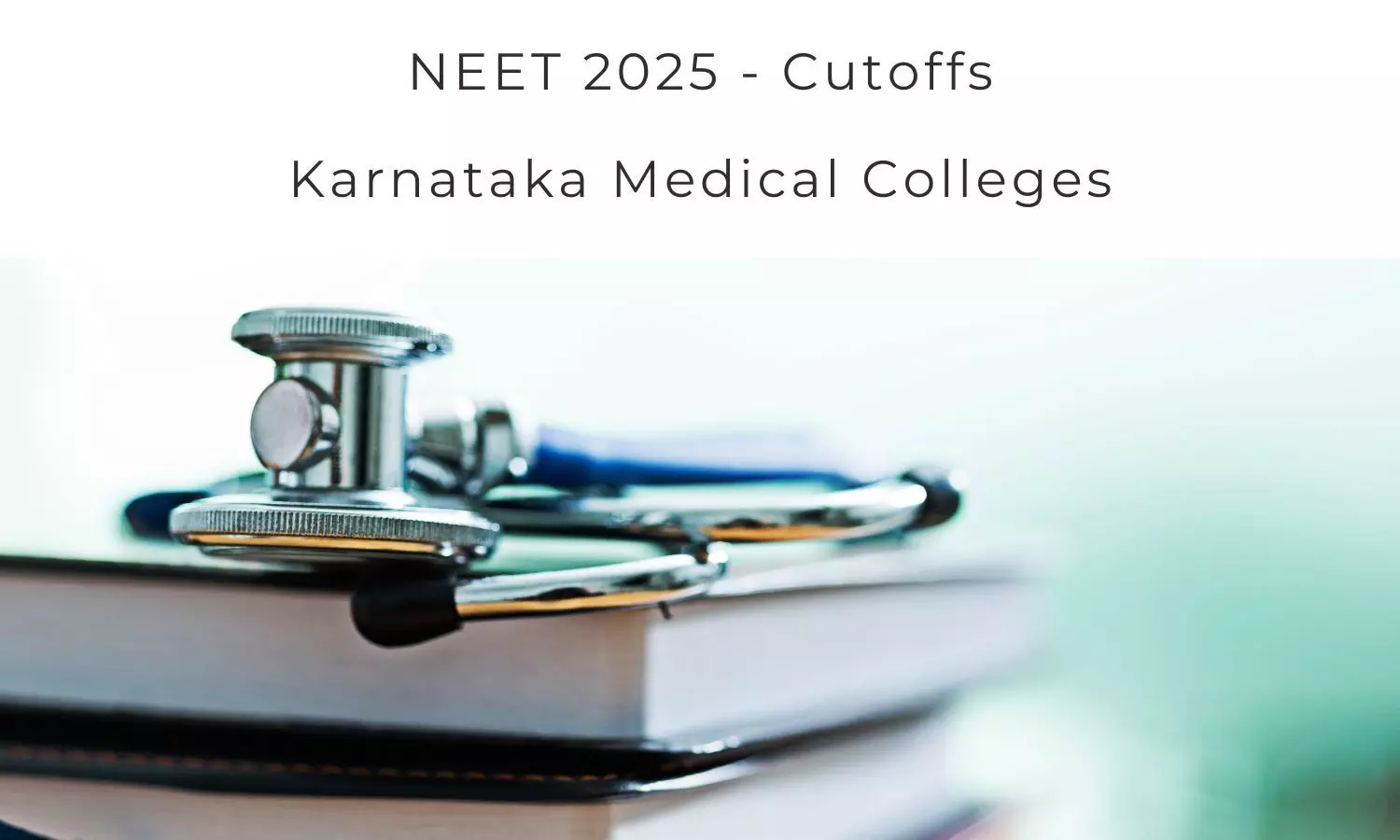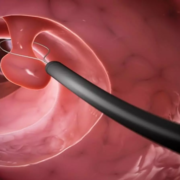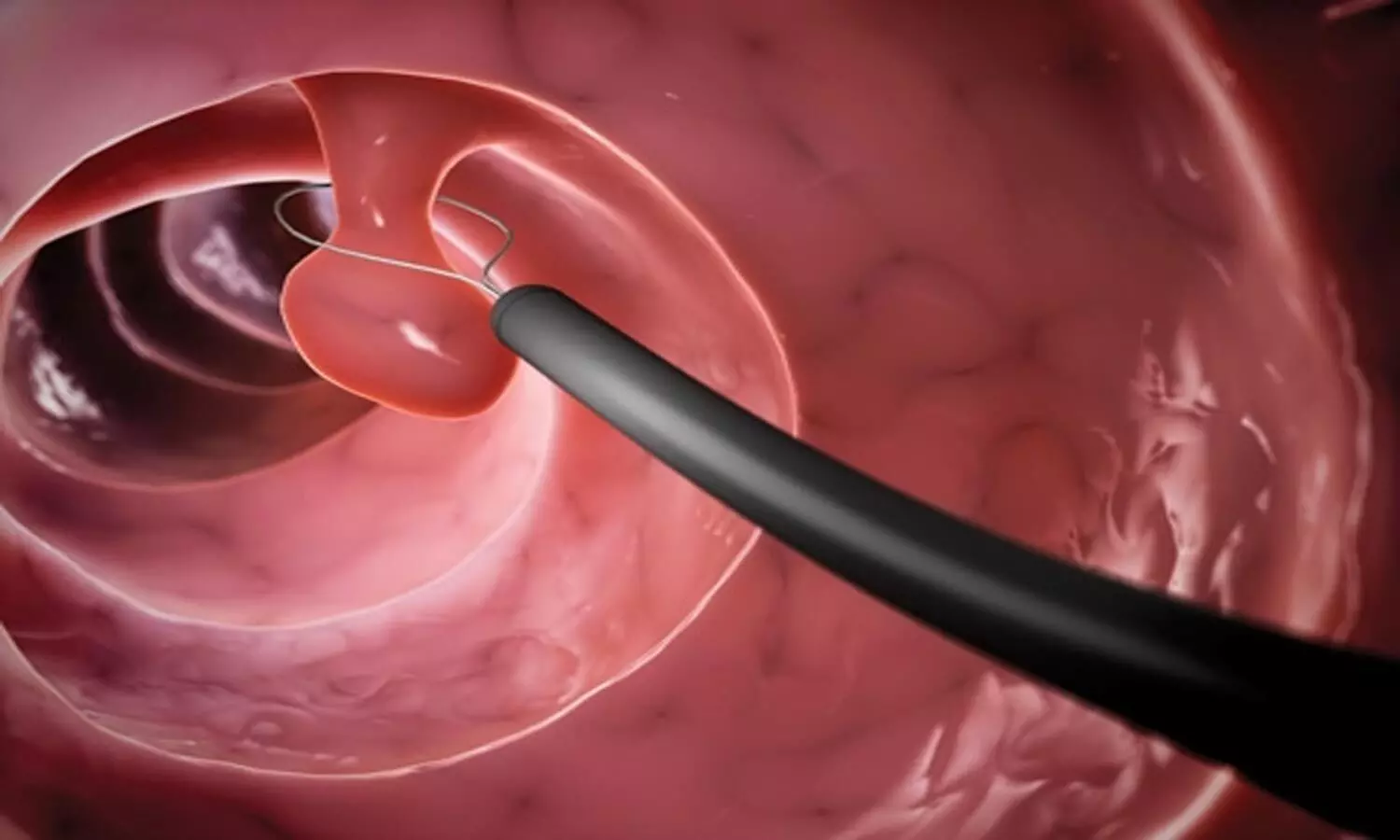NEET 2025: Check Expected MBBS Cutoffs for Govt Medical Colleges in Karnataka

New Delhi: With the NEET UG 2025 results announced and AIQ counselling to begin soon, thousands of medical aspirants across Karnataka are now turning their attention to the state’s MBBS counselling process. Among the top choices for many are the government medical colleges that offer quality education at subsidized fees.
Karnataka is home to a broad spectrum of government medical institutions, from top-tier colleges in Bengaluru and Mysuru to newer institutes in districts like Raichur, Karwar, and Koppal. For students aiming to secure a seat through the KEA (Karnataka Examinations Authority) counselling, understanding the cut-off trends is essential for strategic choice filling.
Below is a comprehensive look at the expected NEET 2025 closing ranks and scores for government medical colleges in Karnataka, across General, SC, and ST categories, based on previous years’ allotments.
NEET Cut off for Karnataka Government Medical Colleges
| College Name |
General | SC | ST |
| NEET Rank | NEET Scores |
NEET Rank |
NEET Scores |
| Bangalore Medical College and Research Institute |
1566 | 666 | 13930 |
| Belgaum Institute of Medical Sciences | 11059 | 622 | 69416 |
| Bidar Institute of Medical Sciences | 12755 | 617 | 74193 |
| Bowring and Lady Curzon Medical College Research Institute |
9171 | 628 | 47588 |
| Chamarajanagar Institute of Medical Sciences | 12744 | 617 | 78043 |
| ESI Post Graduate Institute of Medical Sciences and Research, Bangalore |
8565 | 630 | 57095 |
| ESIC Medical College, Gulbarga | 12149 | 619 | 71754 |
| Gadag Institute of Medical Sciences, Gadag | 13424 | 615 | 78608 |
| Gulbarga Institute of Medical Sciences, Gulbarga |
13095 | 616 | 76245 |
| Hassan Institute of Medical Sciences, Hassan | 10693 | 623 | 76647 |
| Karnataka Institute of Medical Sciences | 9435 | 627 | 62027 |
| Karwar Institute of Medical Sciences, Karwar | 12762 | 617 | 78874 |
| Kodagu Institute of Medical Sciences, Kodagu | 11360 | 621 | 79289 |
| Koppal Institute of Medical Sciences | 13537 | 615 | 79870 |
| Mandya Institute of Medical Sciences, Mandya | 9569 | 626 | 76634 |
| Mysore Medical College and Research Institute, Mysore |
4987 | 645 | 48903 |
| Raichur Institute of Medical Sciences, Raichur |
13302 | 616 | 78583 |
| Shimoga Institute of Medical Sciences, Shimoga |
11414 | 621 | 76299 |
| Vijayanagar Institute of Medical Sciences, Bellary |
12003 | 619 | 77172 |
Powered by WPeMatico





